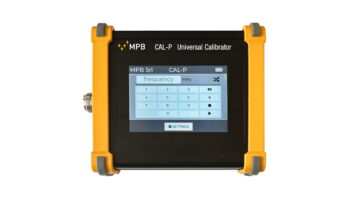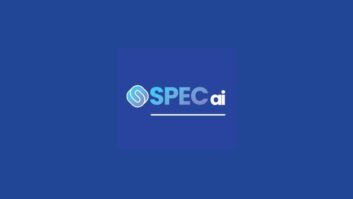MOUNTAIN VIEW, Calif. � With all the talk about Project Loon lately, it�s important to know that it�s not the only unconventional means of providing internet connectivity under development in Silicon Valley.�
As part of their commitment in getting more people online, the Facebook connectivity team is developing new technologies and business models to bring affordable internet to more people, faster.
�While pioneering these technologies often comes with its own set of diverse challenges, we believe these new technology building blocks are important investments to advancing global connectivity. Our Aquila program, focused on High Altitude Platform Station (or HAPS) connectivity, is one of those building blocks,� quoted from a recent posting of the Facebook �Code� blog.� (We�ve previously written about the Aquila program here.)
ITU defines HAPS as �station(s) located on an object at an altitude of 20 to 50 km at a specified, nominal, fixed point relative to the Earth.� Regarding the Aquila program, Facebook engineers are focused on building a commercially viable HAPS connectivity system architecture, comprising the following elements:
������� Communication payloads that allow for data to be transmitted from the ground to the aircraft and back to the ground again, either to provide connectivity or to command and control the aircraft. They can also connect aircraft to other aircraft, satellites, air traffic control (via line of sight radio link), and/or ground control stations.
������� Aircraft that are designed to stay aloft for months at a time while providing connectivity to earth, with associated ground control stations and airfields located in remote areas away from populated areas and commercial air traffic.
������� Fleet operations that allow the fleet of aircraft to be controlled from one location, with very little interaction needed from flight operators.
������� Gateways that connect the communication payloads to a fiber Point of Presence (PoP). Typically, these gateways will be within the coverage area of a communication payload and located near a fiber PoP.
������� Fiber Points of Presence (PoP) that provide internet connectivity to the Gateway. This point is the location where a long-distance carrier provides connections to local telco providers.
������� Cell base stations that provide connectivity from the communication payload to mobile operators. These stations have hardware and antennas that receive data from the communication payload to provide backhaul connectivity.
������� Access Points (APs) which includes things like antennas and modems, serving as ground-based fixed links that communicate with the high-altitude platform station and redistribute their connectivity to end users by other wired or wireless means.
�…We believe that by working with government stakeholders, partnering across the industry, and leveraging Facebook’s technology and resources, we can build a HAPS connectivity system to connect more people in more parts of the world,� according to the blog.��
�







